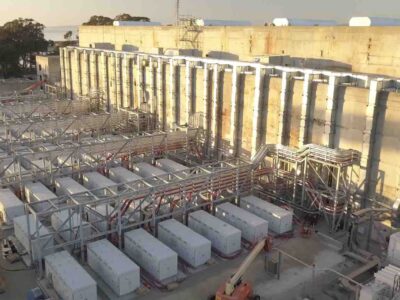Choosing sustainable and socially responsible investments for your employer-sponsored retirement plan has always been a challenge because of federal regulations governing how the plans must be administered. The U.S. Department of Labor aims to change that by easing some of the current restrictions.
A proposed rule introduced on Oct. 14 by the Labor Department’s Employee Benefits Security Administration would make it easier for employers to offer Environmental, Social and Governance (ESG) investments in workplace retirement plans such as 401(k)s and 403(b)s.
One way the new rule will do so is by emphasizing the long-term fiscal importance of ESG and sustainability, which will help pave the way for retirement plan administrators to include ESG criteria in their investment decisions.
The rule will also reverse restrictions imposed during the Trump administration that required 401(k) plans and pension funds to make investment decisions based solely on economic factors, rather than other considerations such as the environment.

The Labor Department’s move comes during a period of rapid growth in ESG funds, driven by a desire on the part of more investors to put money into companies or funds that align with their personal values. But as CNBC reported, while it’s easy enough to find ESG funds in individual retirement accounts (IRA) or brokerage accounts, they are still rare in 401(k)s.
That’s partly because of the way 401(k)s are regulated. Federal law requires 401(k) providers to act in the interest of plan participants, meaning the providers must find investments that offer the best potential returns. The problem with ESG funds is that they haven’t been around that long, and therefore haven’t had much time to build up a track record of performance. This gives them a risk perception not found with older, more established funds.
Yet there’s no denying that ESG funds have pushed further into the financial mainstream over the past few years. Global ESG funds attracted $185.3 billion during the first three months of 2021, up 17% from the previous year. The Q1 total pushed total assets under management in ESG funds to nearly $2 trillion, according to data from Morningstar.
An analysis conducted by Bloomberg earlier this year found that global ESG assets are on track to exceed $53 trillion by 2025, which would amount to more than a third of the $140.5 trillion in projected total assets under management.
Some of those assets are also providing pretty decent returns for investors. During the first 12 months of the COVID-19 pandemic, S&P Global Market Intelligence analyzed 26 ESG exchange-traded funds and mutual funds with more than $250 million in assets under management. It found that 19 of those funds performed better than the S&P 500.
The solid financial performance of many ESG assets makes it easier for the Labor Department to win support for its proposed rule.
Even though current regulations require plan fiduciaries to “act prudently” and diversify plan investments to minimize the risk of large losses, the Labor Department’s non-regulatory guidance has long recognized that, under the right circumstances, fiduciaries can make investment decisions that reflect ESG considerations. This includes climate-related financial risk.
As the Labor Department pointed out in its Oct. 14 announcement, fiduciaries already can “choose economically targeted investments selected, in part, for benefits apart from the investment return.” Among the benefits of ESG investing is that it can help reverse some of the economic damage done by worsening carbon emissions. It can also provide positive long-term financial returns – a key point in helping retirement plan administrators assess the overall value of ESG funds.
“Climate change is already imposing significant economic consequences on a wide variety of businesses as more extreme weather damages physical assets, disrupts productivity and supply chains, and forces adjustments to operations,” the Labor Department said. “Climate change is particularly pertinent to the projected returns of pension plan portfolios that, because of the nature of their obligations to their participants and beneficiaries, typically have long-term investment horizons.”

For now, the Labor Department’s new rule needs to be finalized before it can be put into action. When that happens, plan providers can begin offering funds that take ESG factors into account. That should happen sometime next year, Aron Szapiro, head of policy research for Morningstar, told CNBC.
“This is a big step, and it’s good news for investors,” Szapiro said.





